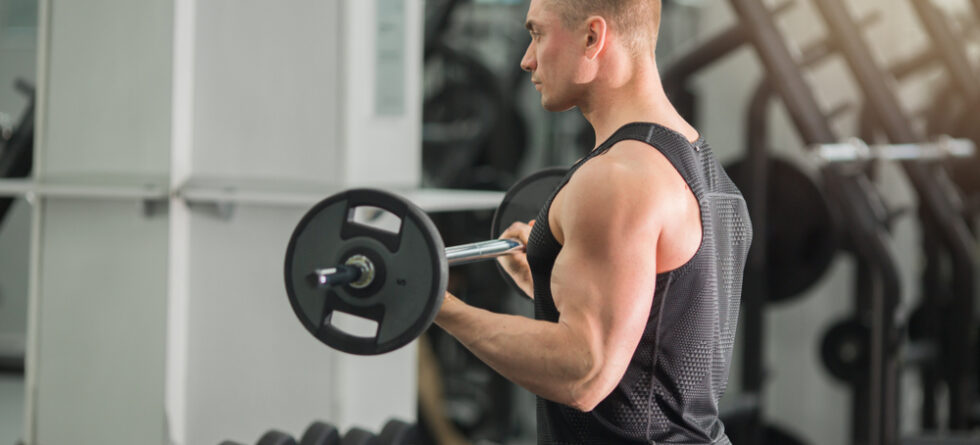Physical conditioning in soccer refers to the comprehensive training and preparation that players undergo to enhance their physical capabilities, specifically tailored to meet the demands of the sport. Given soccer’s nature, which requires a high level of stamina, speed, agility, strength, and flexibility, conditioning programs are designed to improve these physical attributes, ensuring players can perform at their best throughout the entire match.
Here’s an overview of the key components involved in physical conditioning for soccer…
1. Aerobic Fitness
- Importance – Soccer players need a strong aerobic base to maintain a high level of activity throughout a 90-minute game. Aerobic fitness helps players recover quickly from intense bursts of activity and reduces overall fatigue.
- Training Methods – Endurance training, including long-distance running, interval training, and tempo runs, is used to improve cardiovascular endurance.
2. Anaerobic Fitness
- Importance – Soccer involves frequent, short bursts of high-intensity effort, such as sprinting to chase the ball, which relies on anaerobic energy systems.
- Training Methods – Short sprints, agility drills, and interval training with high intensity and short recovery periods enhance anaerobic fitness.
3. Strength and Power
- Importance – Strength and power are crucial for winning challenges, jumping, shooting, and preventing injuries. Strong muscles and joints withstand the physical demands of the game better.
- Training Methods – Weight training, plyometrics, and bodyweight exercises are incorporated to increase muscular strength and power.
4. Speed and Agility
- Importance – Speed and agility are vital for outmaneuvering opponents, making quick turns, and changing directions effectively on the field.
- Training Methods – Agility ladders, cone drills, and speed training exercises help improve quickness, acceleration, and the ability to change direction rapidly.
5. Flexibility and Mobility
- Importance – Good flexibility and joint mobility reduce the risk of injuries and improve overall performance by allowing for smoother and more efficient movements.
- Training Methods – Stretching routines, dynamic warm-ups, and mobility exercises are practiced regularly to enhance flexibility and range of motion.
6. Balance and Coordination
- Importance – Balance and coordination are vital for maintaining control of the body during complex movements, dribbling, and when contesting the ball.
- Training Methods – Balance exercises, technical drills, and ball work improve neuromuscular coordination and stability.
7. Recovery
- Importance – Adequate recovery practices are integral to physical conditioning, allowing the body to repair and strengthen between training sessions and matches.
- Methods – Active recovery, proper nutrition, hydration, and sleep are emphasized to facilitate physical and mental recovery.
Physical conditioning in soccer is a multidimensional approach that prepares players to meet the game’s physical demands efficiently. Tailored training programs that address aerobic and anaerobic fitness, strength, speed, agility, flexibility, balance, coordination, and recovery are vital for optimal performance and injury prevention. Effective conditioning is achieved through consistent, well-planned training sessions that progressively challenge and develop a player’s physical capabilities.




